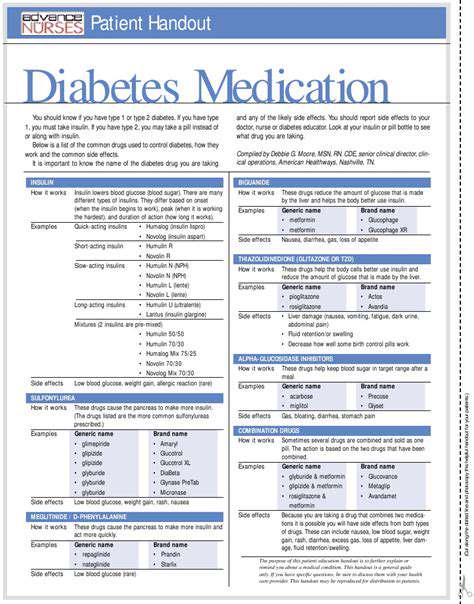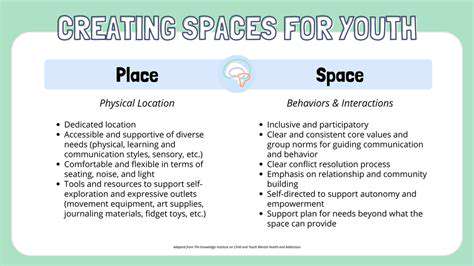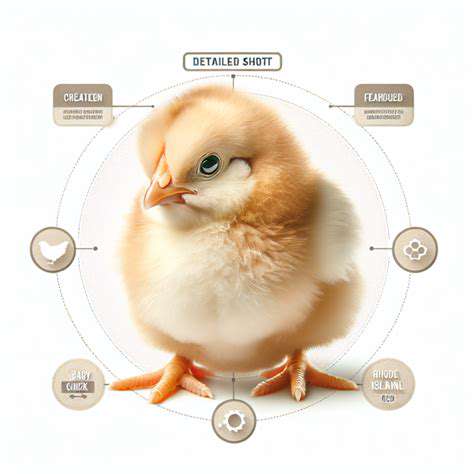Choosing a Positive Reinforcement Trainer: Key Questions
Defining Your Training Goals and Needs
Understanding Your Dog's Needs
Before starting any training, take time to observe your dog's unique personality and requirements. Every dog has distinct traits based on breed, age, and past experiences that will shape their learning process. For example, certain techniques work better for high-energy breeds compared to more laid-back companions. Notice how your dog reacts to different situations - their excitement levels, fears, or natural instincts like chasing objects.
Breeds develop differently. A border collie might need challenging mental exercises, while a bulldog may prefer shorter, more relaxed sessions. Pay attention to body language - a tucked tail or pinned ears can reveal discomfort before it becomes a bigger issue. These observations help create a training plan that fits naturally with how your dog already interacts with the world.
Establishing Realistic Training Goals
Effective goals follow clear guidelines. Rather than hoping for better behavior, aim for specific results like my dog will stop jumping when guests arrive by practicing 'sit' commands daily for two weeks. This gives you measurable progress to track. Small steps lead to big changes - breaking goals into manageable pieces prevents frustration for both owner and pet.
Consider your daily routine when planning. If you only have brief morning periods for training, focus on one simple command rather than multiple complex behaviors. Equipment matters too - some dogs respond better to clickers, others to verbal praise. The key is consistency; even five minutes of focused training each day yields better results than irregular hour-long sessions.
Identifying Your Training Preferences and Resources
Training should fit your lifestyle as much as your dog's needs. Some owners thrive with structured classes, while others prefer flexible online tutorials. Your schedule and learning style directly impact success rates - be honest about what you can realistically maintain long-term.
Local resources make a difference. Community centers often offer affordable group classes, while specialized trainers provide one-on-one attention for specific issues. Don't overlook simple tools like vet recommendations or library books. The best approach combines professional guidance with techniques you feel comfortable implementing daily.

Considering Trainer Availability and Location
Trainer Availability
When selecting a trainer, their responsiveness matters as much as their skills. Look for professionals who offer prompt follow-ups between sessions - behavior questions often arise at inconvenient times. Many now provide hybrid options, combining in-person demonstrations with virtual check-ins for busy schedules.
Trainer Location
Geography affects consistency. A trainer fifteen minutes away will see better attendance than one requiring hour-long commutes. Consider traffic patterns - late afternoon sessions might conflict with rush hour. Some trainers travel to clients' homes, which solves transportation issues but may cost more. Weigh these factors against your weekly routine.
Trainer Experience and Qualifications
Certifications indicate formal education, but practical experience tells the fuller story. Ask how many dogs they've worked with exhibiting your specific concerns. A trainer specializing in aggression will approach problems differently than one focused on basic obedience. Request before/after videos of actual clients (not just demo dogs) to assess real-world results.
Training Style and Approach
Methodology creates lasting results - or setbacks. Avoid trainers relying on harsh corrections; modern science supports reward-based systems. The best sessions feel like play to your dog while establishing clear boundaries. Observe a class first; you should see engaged animals and happy owners, not stressed pets or frustrated trainers.

Read more about Choosing a Positive Reinforcement Trainer: Key Questions
Hot Recommendations
- Best Pet Bowls: Stainless Steel and Ceramic
- Pet Hydration: Why It's Crucial
- Stop Counter Surfing: Training Your Dog to Stay Off
- Pet Hypothyroidism: Symptoms and Management
- Signs of Pet Liver Disease: What to Watch For
- Pet Emergency Kits: What to Pack
- Dangers of Xylitol: Toxic to Dogs
- Dealing with Pet Diarrhea: When to See a Vet
- Preparing Pets for Travel: Tips for a Smooth Trip
- Pet Depression: Recognizing the Signs











